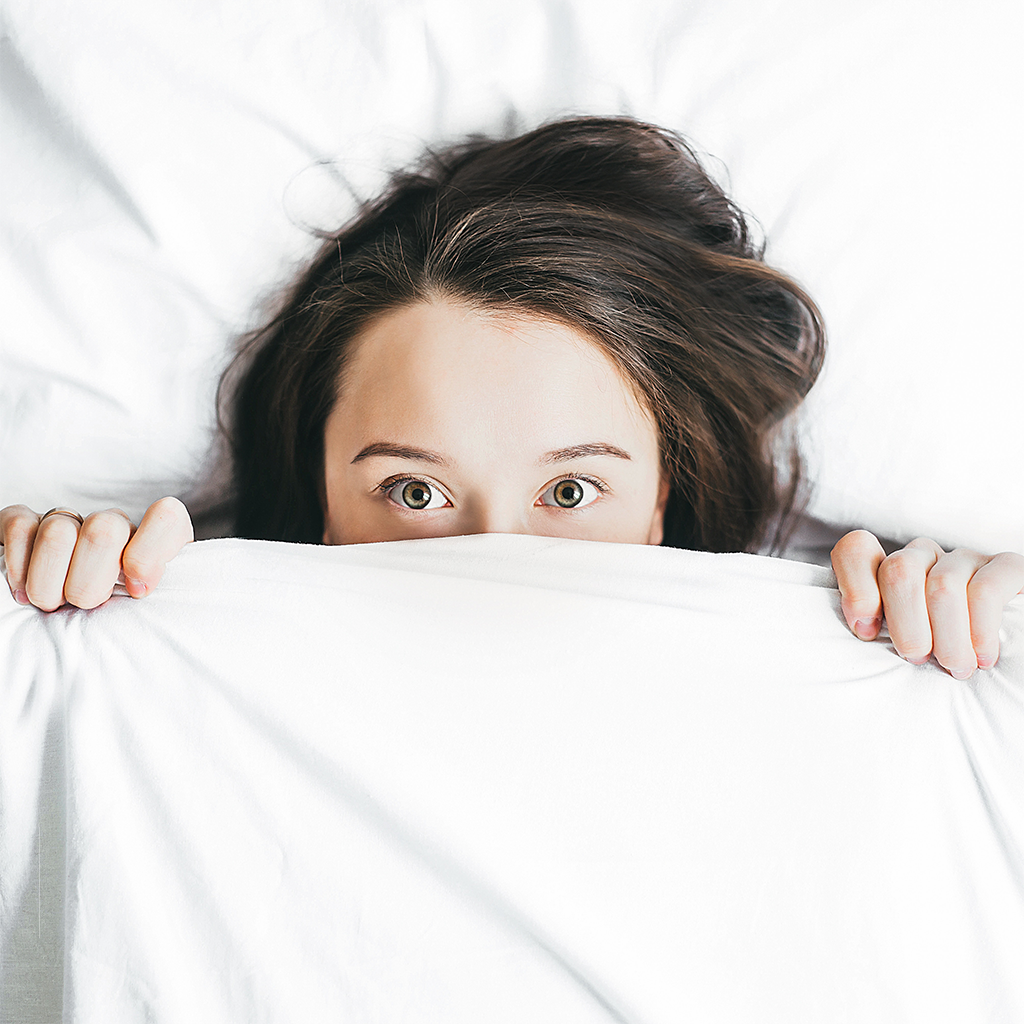
How to get to sleep?
Share
Struggling to fall asleep? You’re not alone. Whether your mind’s racing or you just can’t get comfortable, here’s a practical, research-backed guide to help you fall asleep faster and wake up feeling refreshed.
Simple, Science-Backed Tips for Better Sleep
1. Create a Calm, Cool Sleep Sanctuary
-
Keep your bedroom cool (16–18 °C), dark, and quiet.
-
Use blackout blinds or a soft sleep mask.
-
Block noise with earplugs - especially helpful for light sleepers or city dwellers.
2. Follow Consistent Sleep Hygiene Tips
-
Go to bed and wake up at the same time daily—even on weekends.
-
Avoid caffeine, alcohol, and heavy meals at night.
-
Try a wind-down routine: switch off screens at least 60 minutes before bed, dim the lights, and unwind with light reading or a warm bath.
3. Try the Cognitive Shuffle Technique
This simple mental trick distracts your brain from spiralling thoughts. Mentally list unrelated, neutral objects (like “banana, umbrella, postcard…”) to occupy your working memory. It’s a proven way to interrupt overthinking and promote sleep.
4. Use the Military Method
Originally used by soldiers to sleep in tough conditions, this method involves relaxing your face, arms, shoulders, legs, and breathing slowly. Then picture something calming, like lying in a canoe under a starlit sky. With practice, it can help you fall asleep in under two minutes.
5. Practise Sleep Meditation or Breathing Exercises
Mindful breathing and body scans help activate the parasympathetic nervous system, which lowers heart rate and reduces stress. Many people find that even a few minutes of focused breathing can shift them into sleep mode.
6. Get Up If You Can’t Sleep
If you’re still wide awake after 20–30 minutes, leave your bed and do something low-stimulation—like light stretching or reading in soft lighting. Return to bed when your eyes feel heavy. This breaks the association between bed and wakefulness.
7. Keep a Light Sleep Journal
Writing down your thoughts, worries, or next-day tasks before bed can help calm mental clutter. Keep it brief, reflective, and pressure-free—just a simple way to clear your mind.
8. Use Gentle Sound Therapy
Try calming audio: white noise, pink noise, sleep stories or soft instrumental music. Pair with earplugs or noise-masking devices to reduce external disruptions.
Why These Strategies Work
These tips are grounded in well-researched behavioural techniques, supported by NHS advice, sleep specialists, and real-world users. They also align with current UK search terms like how to fall asleep fast, best way to get to sleep, and sleep hygiene routine—helping more people like you find practical solutions that genuinely work.
A 7-Step Evening Wind-Down Plan
| Step | What to Do |
|---|---|
| 1 | Set a regular bedtime and stick to it |
| 2 | Make your room cool, quiet, and dark |
| 3 | Unplug 60 minutes before bed |
| 4 | Practise mindful breathing or a body scan |
| 5 | Use the cognitive shuffle or military method |
| 6 | Get up briefly if you can’t sleep |
| 7 | Keep a short, reflective sleep journal |
At Deep Sleeps, we believe good sleep is a foundation for feeling your best. Our sleep products are designed with care to help people get the rest they deserve—no stress, no fluff, just things that actually work.
Ready to build a bedtime routine that finally helps you drift off? Explore our best-selling sleep aids



